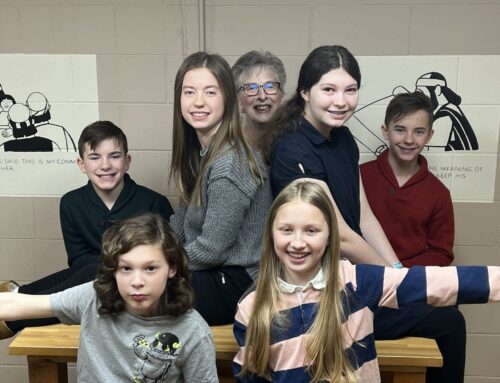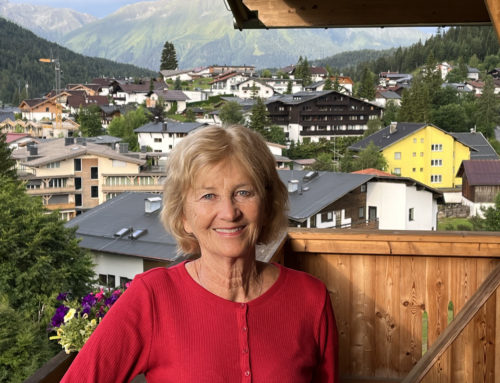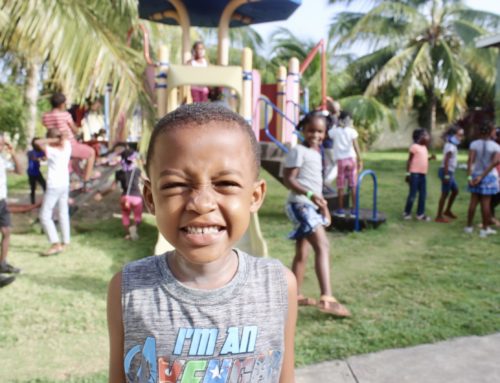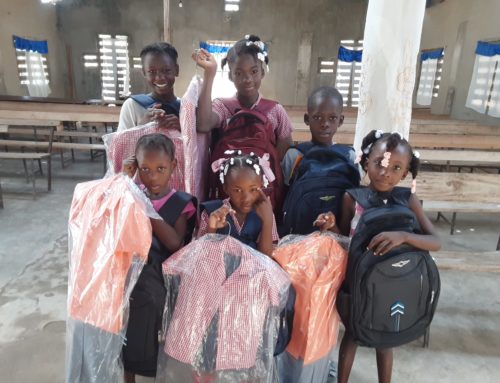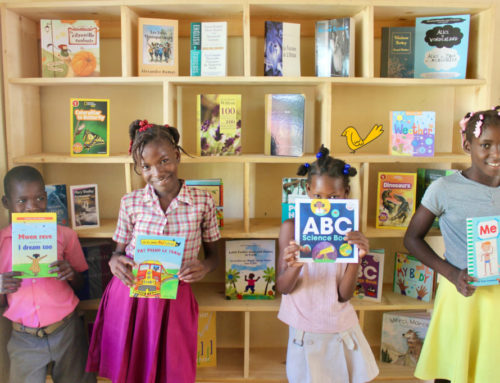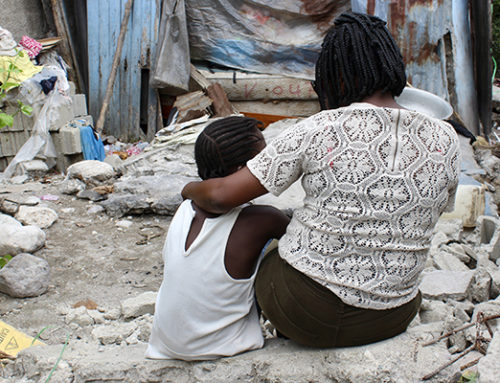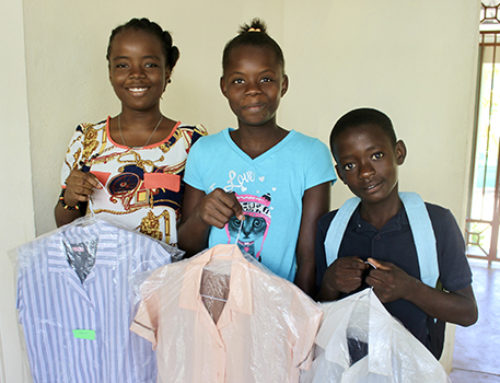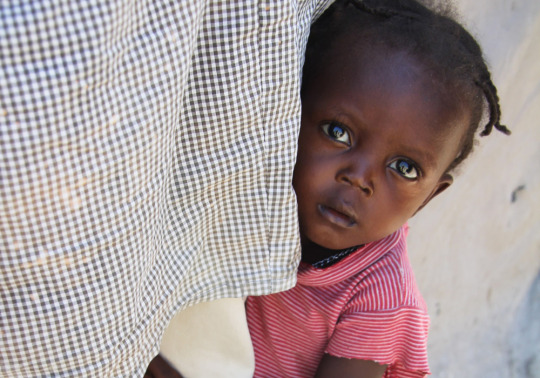
The closest I came to Haiti, growing up, was a vacation on the island of St. John. My memories of that trip are filled with the turquoise Caribbean Sea, exotic island food, and natural disasters.
The day we were supposed to fly out of St. John’s tiny island airport and head back to freezing Ohio, I awoke to what looked like dirty snow covering every inch of our villa, rental car, and the previously green iguanas that sunbathed in our pebble driveway. Word quickly spread that a volcano had erupted on the nearby island of Montserrat. What I had thought was dusty snow turned out to be volcanic ash. My dad and uncle, anxious to get back to work, couldn’t believe that the grey, flaky ash had actually made the runways slippery enough to cancel all flights out. I, the teenager, was secretly glad for the extra days in paradise. A delayed trip home or an extended vacation, a slight change in plans was the extent of the impact this volcanic eruption had on our lives.
As I went off to college and became interested in social justice and international development, my eyes began to open to how protected my life had been. Natural disasters, like a volcanic eruption or an earthquake, I found, could cause a tiny disruption in someone’s vacation plans or change a child’s world forever.
When I was invited to join the Restavek Freedom team, I wanted to learn as much about Haiti as I could. I brushed up on my French, downloaded an app to learn Creole, and bought a couple of books about Haiti to bring me up to speed. One of these books relayed a journalist’s first-hand account of the 2010 earthquake. He recalled how on that day in January, he watched schools and government buildings collapse in front of him, families become homeless, and children become orphans. His stories were so graphic and emotionally wrenching I felt like I was watching a movie – the kind I usually avoid.
Then one Monday, after having spent the weekend reading this journalist’s report of the earthquake and subsequent damage, I came into work and picked up the file of a teenage girl from our program. What I read stopped me in my tracks. Mixed in with the rest of her biography was the following statement, in her advocate’s handwriting: “…she became an orphan in the 2010 earthquake. She was trapped for three days under the rubble before she was found.” I sat there for a moment, quiet. The “stories” I’d read the night before came into focus before my eyes as the lives of real children. But this wasn’t what really hit me. The part that got me was that their stories were still being written, right on the desk in front of me.
Paper after paper in this child’s file chronicled her life story. How being orphaned by the earthquake led her to live in restavek. How she went from living at home with her parents to working all day for no pay. How she had to drop out of school. But then…how a child advocate from Restavek Freedom spotted her and invited her into the child advocacy program. How they helped re-enroll her in school, and how this advocate came to care about her and fight for her. How a loving sponsor in the U.S. chose to support her and make all of this possible. Her story was not over like the book on my nightstand. Instead, it was as though her advocate, her sponsor, and this precious child herself were all sitting at a desk together with pencils in hand, writing the rest of her story and illustrating it with hope.
Every day working at Restavek Freedom is like this: standing in the presence of both reality and hope. Friends and family are continuously asking me, “How’s the new job?” When I open my mouth to answer, I feel like I am back on the hilly roads of Caribbean St. John. I begin to explain the restavek system in Haiti, and their faces inevitably drop as I share the circumstances that cause a child to live in restavek and the reality of the conditions they live in. But they don’t have time to get depressed, because my voice picks up speed as I passionately and excitedly press on to share with them the beautiful impact Restavek Freedom is having on the kids’ lives. Each time I find myself exclaiming, “They have so much hope now! These kids are living in really tough conditions, but they are going to school, they are known and loved by an advocate, and they have a sponsor who cares so much about them!”
Every day I get a sobering glance at the restavek system in Haiti. But each day I also leave filled with hope, knowing I am working with an amazing network of sponsors, supporters, partner organizations, and passionate staff both in the U.S. and in Haiti who are committed to uprooting the restavek system so that child slavery is a thing of the past. And that in its place, a bright shining light of hope and freedom becomes the reality of every child born in Haiti.
Heather Gentzel, Communications and Child Sponsorship Coordinator


